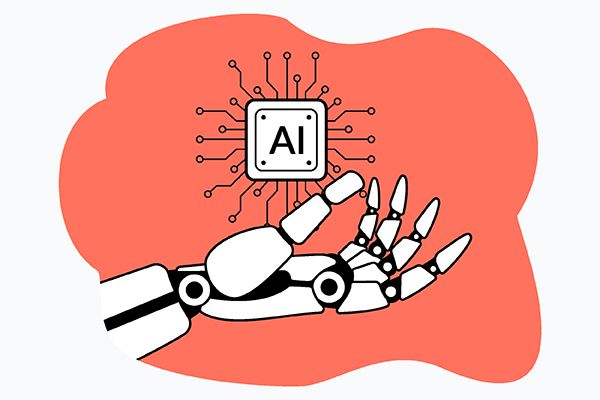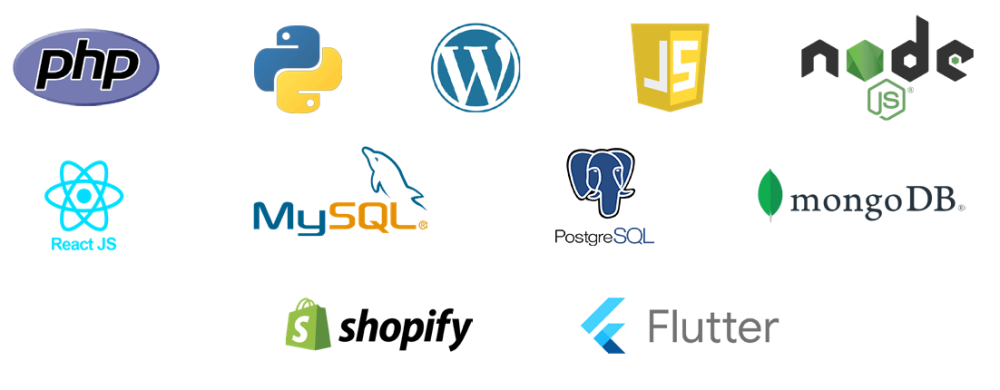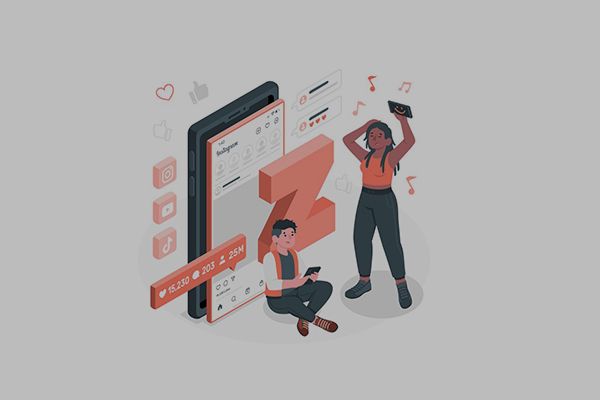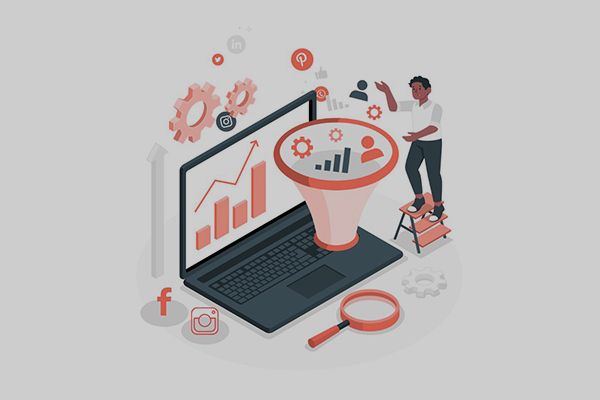The Impact of Artificial Intelligence on Website Design and Development
Can AI Really Code?
A new study from MIT CSAIL explores how AI can move beyond basic code generation to become a real partner in software engineering. It looks at tough challenges like code refactoring, migrating legacy systems, writing tests, creating documentation, and optimizing large projects.
The research points out major roadblocks. AI still struggles with unique or complex codebases, lacks strong benchmarks, and often fails to work smoothly with developers. The authors call for better tools, more real-world developer data, and clear ways for humans and AI to collaborate.
Their message is clear. AI should not replace programmers. Instead, it should handle routine tasks so developers can focus on design, strategy, and creative problem-solving. The study lays out a path to help AI support real-world engineering at scale.
How Artificial Intelligence impacts website design and development?
AI is changing how websites are designed, built, and managed. It helps automate repetitive tasks, speeds up development, and improves how users interact with websites. From layout suggestions to content personalization, AI tools are becoming part of everyday workflows for designers and developers.
As we move into 2025, the role of AI in web development is no longer optional. It is shaping decisions, driving efficiency, and setting new standards for how digital experiences are created and optimized.
In this article, we look at the latest AI trends in web design and development and what they mean for the future of the industry.

AI-Powered Code Generation and Development Assistance
AI platforms like GitHub Copilot and Tabnine assist with writing, completing, and reviewing code in real time. These tools reduce manual coding by suggesting relevant snippets and catching errors early.
By automating repetitive coding tasks, AI helps developers focus on solving complex problems and improving overall architecture. It streamlines debugging, improves code quality, and increases productivity—making development faster and more efficient.
As this trend grows, AI is shifting the developer's role from writing code line by line to guiding intelligent systems that speed up the process and reduce human error.
AI-Driven UI and User Experience Enhancements
AI is reshaping how users interact with websites. Intelligent design tools now generate layouts, suggest design elements, and adjust interfaces based on real-time user data. This allows for more personalized and intuitive experiences across devices.
Websites can now adapt to user behavior automatically. From tailored content to dynamic layouts, AI makes interfaces more responsive and relevant to individual users.
Chatbots and virtual assistants add another layer of interaction. They provide instant support, guide users through the site, and respond to queries around the clock. This leads to higher engagement, better customer satisfaction, and stronger user retention.
AI-Driven Content Creation and Optimization
AI is streamlining how websites create and manage content. Tools powered by natural language processing now generate blog posts, product descriptions, and web copy based on keywords and user intent. This speeds up production while keeping tone and style consistent across pages.
AI also plays a growing role in SEO. It analyzes search trends, suggests keyword improvements, and helps structure content for better visibility.
With voice search on the rise, AI tools are also guiding content teams to adapt for spoken queries, making websites more accessible and relevant in evolving search environments.
AI in E-Commerce Web Development
AI is transforming online shopping by making it more personalized and efficient. It analyzes user behavior to offer product recommendations that match individual preferences, increasing the chances of a sale.
Inventory management also benefits from AI. By predicting demand, it helps keep stock at optimal levels, reducing overstock and shortages.
Visual search powered by AI allows shoppers to find products using images instead of keywords. This makes searching easier and more intuitive, improving the overall shopping experience.
Responsive Web Design
Automated Testing and Debugging
Personalized Design Recommendations
AI algorithms are capable of analyzing vast amounts of user data, including browsing behavior, preferences, and demographics. This data-driven approach enables AI to generate personalized design recommendations for individual users or target audiences. By leveraging machine learning algorithms, website developers can create highly tailored designs that cater to specific user needs and preferences.
These AI-driven design recommendations can encompass various elements, such as color schemes, font styles, layout structures, and even content placement. This level of personalization contributes to improved user engagement, increased conversions, and enhanced brand loyalty.
Advanced Data Analytics
The Future of AI in Website Designing and Development
AI is set to transform website designing and development even further. It will enable websites to deliver highly personalized experiences by analyzing user data and adjusting content, recommendations, and layouts to match individual preferences.
Advanced chatbots and virtual assistants will offer smoother, more natural customer interactions and support. Automated tools will speed up website creation, allowing developers to focus on creative and strategic work.
Voice-activated interfaces will become common, making navigation more intuitive. AI-powered analytics will give developers clear insights to improve performance and user engagement.
While AI will automate many tasks, human creativity and decision-making will remain essential. The future of AI in website development is about enhancing how developers work and how users experience the web, not replacing people.
Our Expertise
Technology
-
Website Design and Development
Fully custom designed website
specifically curated for your
business. -
Web app development
Secure, reliable web portals that attract and engage customers -
Mobile app development
To keep up with on-the-go, mobilecentric consumers
-
Progressive web app development
Cost-effective web-based mobile application solutions that can operate in offline environments -
UI/UX design for website, web application & mobile apps
Curating seamless, intuitive experiences for application users -
Software development
Conceptualizing and creating innovative solutions that cater to your business
-
API development
Tools that help you connect and communicate across systems and other applications -
Comprehensive support & maintenance
Ongoing support from our full team of tech wizards for you websites -
Server hosting & support
Server setup, Monitoring and maintenance - one less thing for you to worry about
Technologies we use for development:


Art & Design
-
Logo
-
Graphics
-
Art
-
Sketch
Communication & Marketing
-
Content Development
(content writing, photography and videography)
-
SEO
-
Graphics
-
Social Media
-
E-newsletter
-
Workshop
(Branding & Strategic Communication)



